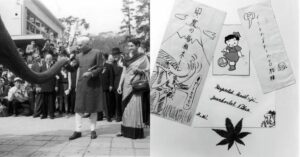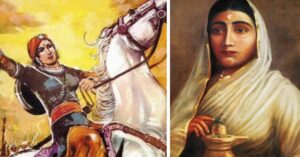James Webb Space Telescope: 3 Indians Helped NASA Capture Universe’s ‘Deepest Images’
NASA has shared the first image of the universe taken by the James Webb Space Telescope — the largest space telescope ever built. Did you know that 3 Indian scientists helped in making this historic photo possible?
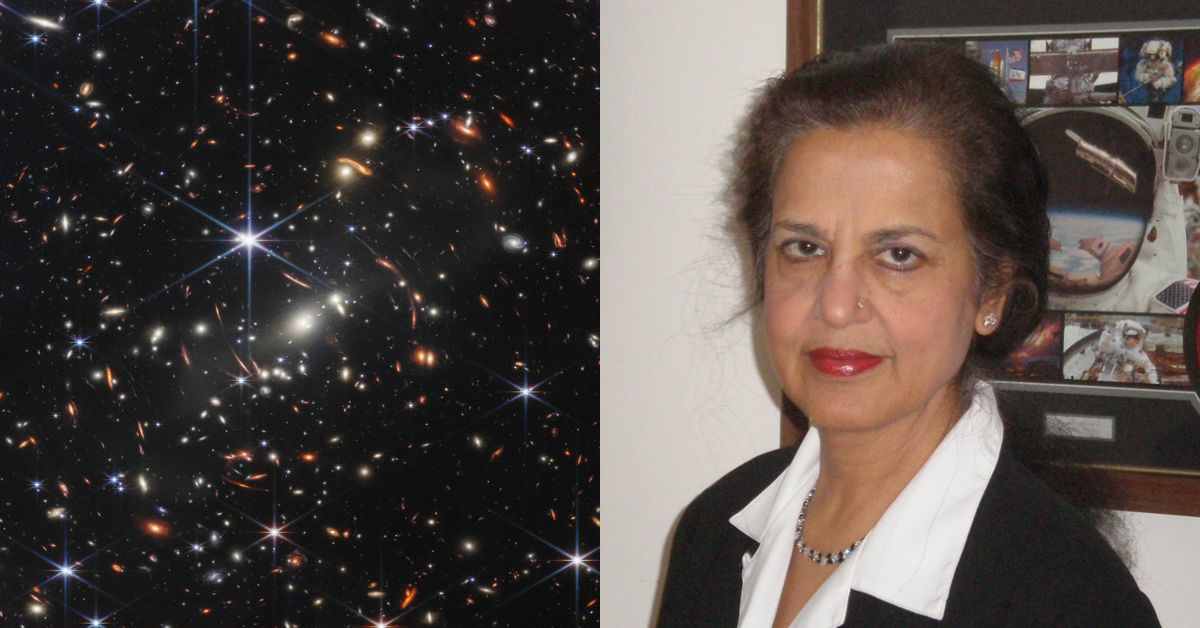
The sharpest image of the universe, dating back several billion years, has been released by National Aeronautics and Space Administration (NASA). The picture was taken by NASA’s James Webb Space Telescope. The pictures show parts of the universe as they were 13 billion years ago.
In a press release, NASA stated that the telescope has ‘produced the deepest and sharpest infrared image of the distant universe to date’.
It’s here–the deepest, sharpest infrared view of the universe to date: Webb’s First Deep Field.
Previewed by @POTUS on July 11, it shows galaxies once invisible to us. The full set of @NASAWebb‘s first full-color images & data will be revealed July 12: https://t.co/63zxpNDi4I pic.twitter.com/zAr7YoFZ8C
— NASA (@NASA) July 11, 2022
“These images are going to remind the world that America can do big things, and remind the American people – especially our children – that there’s nothing beyond our capacity. We can see possibilities no one has ever seen before. We can go places no one has ever gone before,” said President Biden in the NASA press release.
NASA will be releasing the full series of the first colour images taken by the telescope on 12 July. The first full-colour image from the telescope reveals ‘thousands of galaxies, including the faintest objects ever observed in the infrared’.
“This is the deepest and sharpest infrared image of the distant universe, so far. This image covers a patch of sky approximately the size of a grain of sand held at arm’s length. It’s just a tiny sliver of the vast universe,” said NASA Administrator Bill Nelson.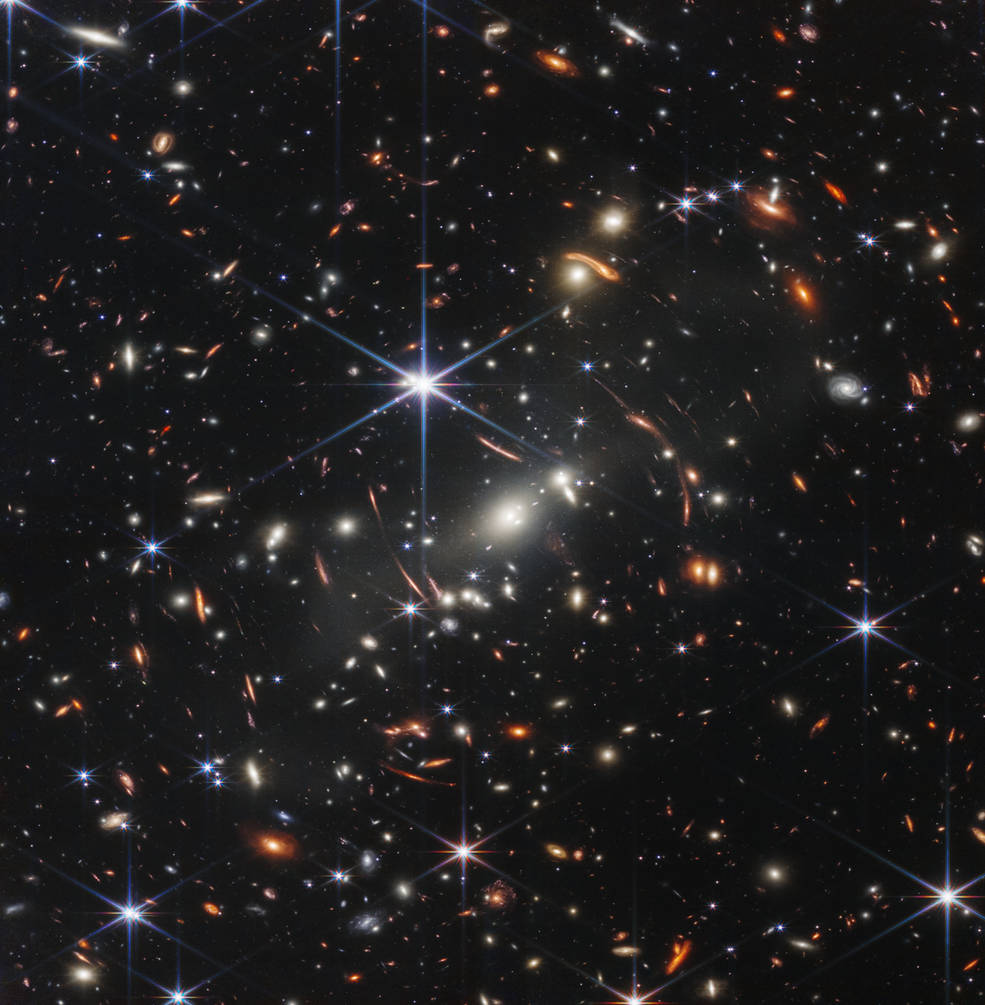
The $10 billion telescope was launched last year and is set to provide detailed infrared images of the universe.
And there are three Indian-origin scientists and experts who were part of the team responsible for this historic feat.
Here’s taking a look at their contribution:
Dr Hashima Hasan
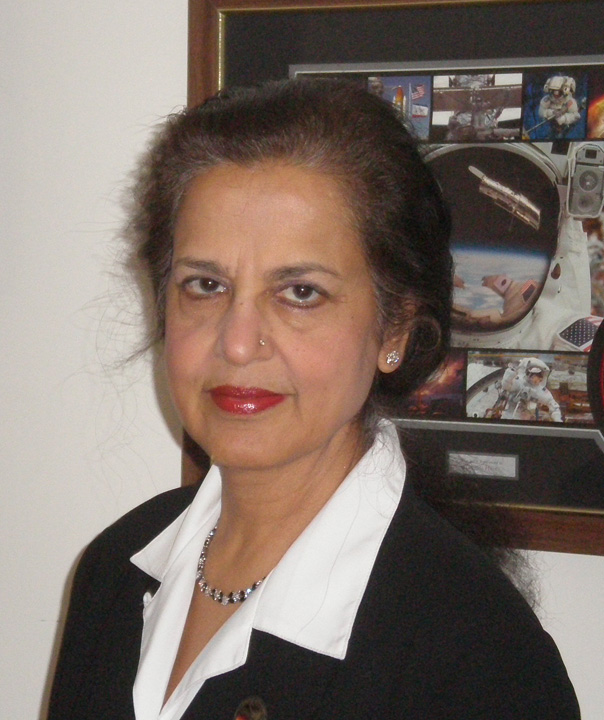
Lucknow-born Dr Hashima Hasan is the Deputy Project Scientist of the James Webb Space Telescope.
The James Webb Space Telescope website states that as Deputy Program Scientist, she works on monitoring and managing the science program for the telescope. She ensures that ‘its mission remains possible and true to NASA strategic objectives’. Her love for space started when she was five years old.
In a video published by NASA, Dr Hasan spoke about how she got interested in space.
“I grew up in India, and first got fascinated with space when my grandmother took us all to the backyard to see Sputnik. I was five at that time. I was really excited and wanted to become a scientist,” said Hasan.
She did her undergraduate at Aligarh Muslim University and studied at the Tata Institute of Fundamental Research (TIFR), Mumbai. She also worked at Bhabha Atomic Research Centre (BARC). She received her doctorate from Oxford University in Theoretical Nuclear Physics.
She joined NASA in 1994 and has been a program scientist for several missions.
Kalyani Sukhatme
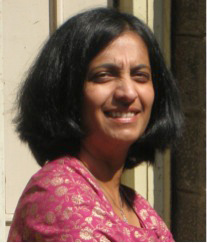
Kalyani Sukhatme was the Project Manager for the Mid-Infrared Instrument (MIRI), one of the instruments on the telescope.
According to the website, Kalyani Sukhatme was the project manager for the Mid-Infrared Instrument or MIRI, one of the four science instruments on the James Webb Space Telescope.
She now works at NASA’s Jet Propulsion Laboratory, California Institute of Technology.
She grew up in Mumbai and did her Bachelors in Technology (BTech) from IIT Bombay. Post that, she did her Master’s in physics and Doctorate in physics from University of California. She joined NASA’s Jet Propulsion Laboratory (JPL) as a postdoctoral fellow in 1998.
She won the European Space Agency James Webb Space Telescope award for significant achievement in 2012.
She took over as MIRI project manager at JPL in April 2010. She has contributed to the technology development of infrared detectors and their operation for spaceflight missions.
Kartik Sheth

Indian-origin Kartik Sheth is a programme scientist in the astrophysics division within NASA’s Science Mission Directorate. His current portfolio includes the James Webb Space Telescope, SOFIA, Spitzer and the Origins Space Telescope, and the Hubble fellowship programme.
“For the past seven years, he has been a programme scientist in both the Astrophysics and Earth Science Divisions at NASA, overseeing space missions, and research and development programs in cutting-edge technology and working towards some of the United Nations’ sustainable development goals,” according to NASA.
He did MS and PhD in Astrophysics from the University of Maryland. He worked at Caltech before joining NASA. He was a tenured astronomer at the National Radio Astronomy Observatory in Charlottesville.
In 2022, he received NASA’s Diversity, Equity and Inclusion Award for his work leading the Anti-Racism Action group.
Sources
Edited by Yoshita Rao
This story made me
- 97
- 121
- 89
- 167
Tell Us More
We bring stories straight from the heart of India, to inspire millions and create a wave of impact. Our positive movement is growing bigger everyday, and we would love for you to join it.
Please contribute whatever you can, every little penny helps our team in bringing you more stories that support dreams and spread hope.







